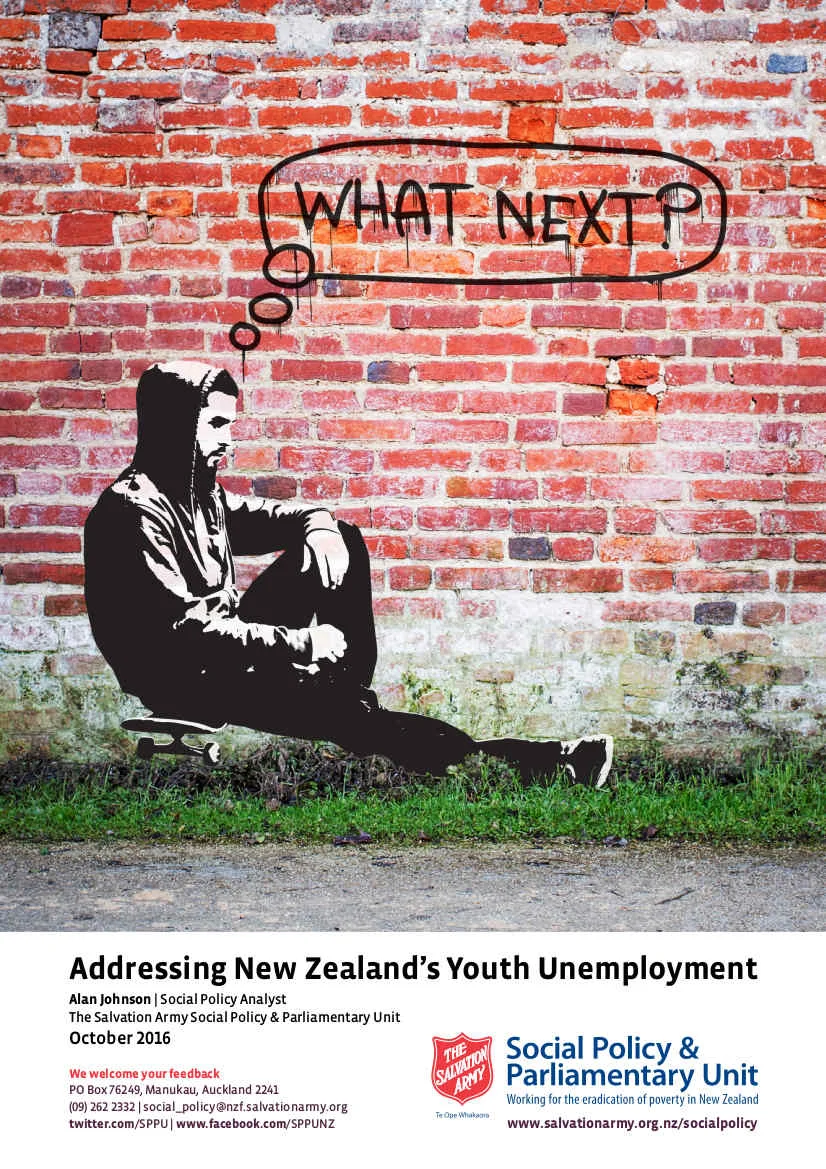Voting: Lift in voter turnout provides good foundation for future engagement- Local Govt NZ
By the numbers
- National voter turnout: 41.8 per cent
- Highest voter turnout: 70.9 per cent (Chatham Islands, up 16.5 per cent on 2013)
- Biggest upwards mover: 59.8 per cent of Gore voted, up 18.5 per cent.
- Cities respond: Turnout in Auckland lifted by 3.4 per cent and Wellington rose by 4.1 per cent. Dunedin city (+2.1 per cent) and Hutt City (+1.1 per cent) also saw lifts.
- Lower turnout: Matamata-Piako (down 20.7 per cent to 24.1 per cent) and Otorohanga (down 25.5 per cent to 25.1 per cent) both saw turnout decrease. Mayors for both councils were re-elected unopposed, likely effecting turnout.
Local Government New Zealand says a rise in voters in cities has compensated for a drop in rural and provincial areas in this year’s local elections to bring turnout slightly above 2013 levels.
Preliminary results excluding special votes show national turnout at 41.8 per cent, above 2013’s 41.3 per cent, driven largely by increases in Auckland and Wellington.
Overall turnout in New Zealand cities was slightly higher in 2016 than in 2013. With the number of people enrolled in our 10 biggest cities making up 66 per cent of all enrolments, even a slight percentage lift can make a difference to national voter numbers.
Rural and provincial centres were down by 1.1 per cent and 2.7 per cent respectively on 2013. These results can be partly explained by the higher than usual number of uncontested mayoral races or where a strong incumbent was standing. Six of the 25 mayors in the rural sector and four of 30 provincial mayors were elected unopposed.
The rural sector still topped response with over 48 per cent of eligible voters turning out.
This year LGNZ, councils and partners began a campaign to lift voter turnout to 50 per cent, an ambitious target designed to lift turnout over future election cycles.
LGNZ President Lawrence Yule noted while local government would always like to see more people have their say at election time it is heartening to see turnout has stabilised.
“On a positive note after many years of steady decline in voter turnout that appears to have been arrested,” he said.
“While this provides a good foundation for future growth, one thing is clear – we need to continue to engage more people in local government, both generally and at voting time. There is no silver bullet for increasing voter turnout and countries the world over are seeking answers."
“In New Zealand it’s a conversation everybody should be interested in having. Local government is the form of government closest to people’s daily lives. It shapes the place where people live and is the pavements we walk on, the roads we drive and cycle on, the water in our showers, and the parks, libraries and swimming pools we all use.”
Much has been said and written about the voting system, with Yule noting that it should be revamped to include online voting and possibly a return to a single polling day.
“Engaging young people and minority groups is a challenge we are facing. We live in a digital world and for young people especially we need to be able to offer this as an option. Online voting won’t be a panacea to lifting civic engagement but it needs to be one of the tools in the kit,” Yule added.



